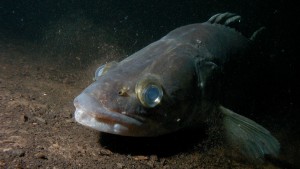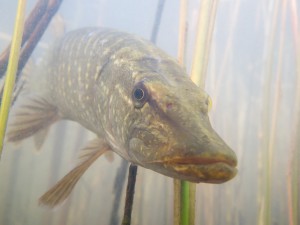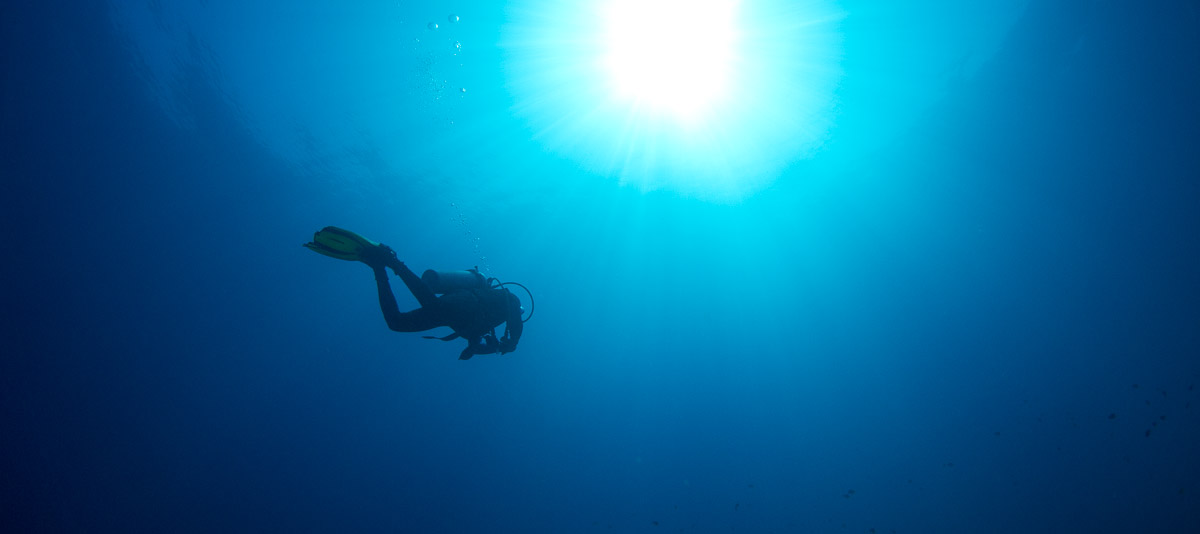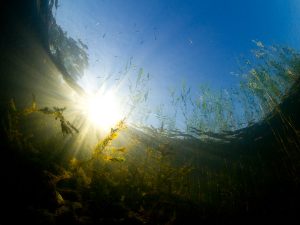Flash, Forrest, flash!
Many starting photographers conclude there is not much light underwater and start flashing. Many using one flash, more luxury divers use two flashes to prevent shadows. Lazy photographers close the diaphragm and blast out a hell of flash light, having always sharp photos due to the large depth of field and not having to worry about white balance. This however, has some drawbacks:
- Flashing casts shadows
- Flashing illuminates dust between camera and object, if flashes direction is not set properly
- Many fish flash back by reflecting your flash
- Backgrounds become dark, making the image flat

Flashing casts shadows

Backgrounds appear dark
Light comes natural
Photographing using natural light has advantages, when done properly:
- Light underwater is diffused by the water, even in sunny conditions giving nice and smooth illuminated objects
- You can use the color of the water to get the real underwater experience
- Dust becomes less annoying
- You capture much more of the environment, since everything is illuminated, not just your subject

Naturally illuminated pike
Read more




